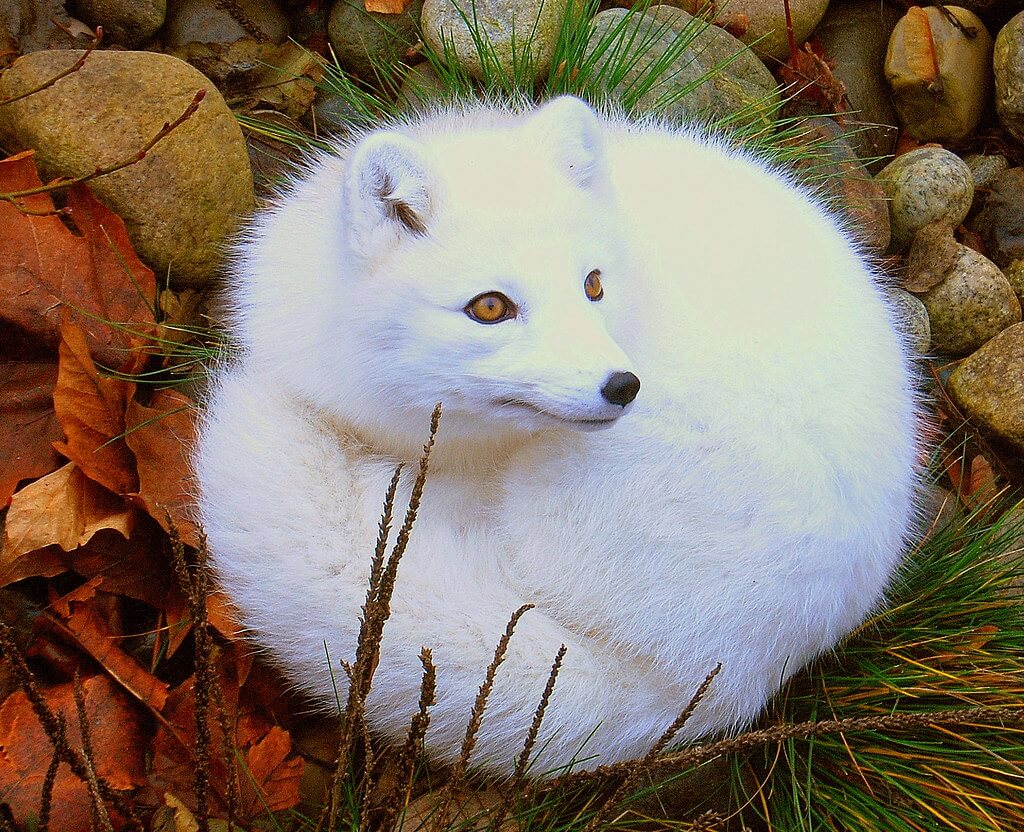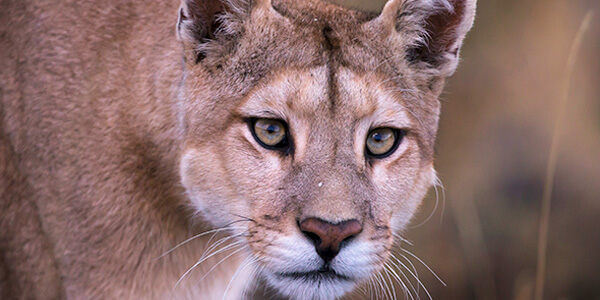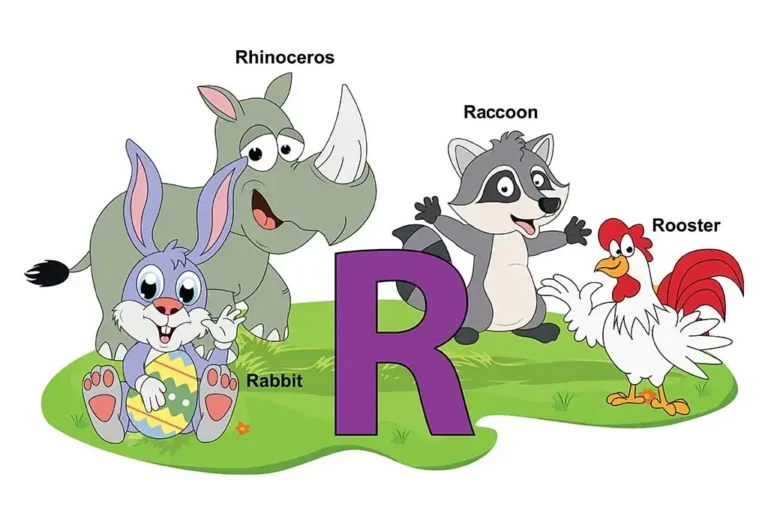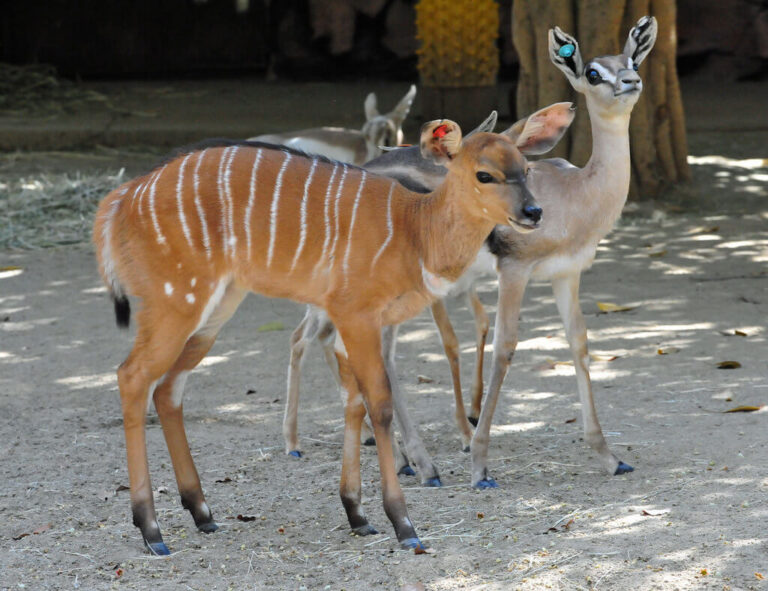Arctic Fox: Facts on Habitat, Behavior, and Conservation
The Arctic Fox (Vulpes lagopus) is a small yet highly adaptable mammal that thrives in the harsh conditions of the Arctic tundra. Known for its striking white fur during winter and brownish-gray coat in summer, this species is a fascinating example of adaptation to extreme cold environments.
This article delves into the scientific classification, physical characteristics, habitat, behavior, diet, reproduction, predators, conservation status, and more to provide an in-depth understanding of the Arctic Fox.
Contents
Scientific Classification
- Kingdom: Animalia
- Phylum: Chordata
- Class: Mammalia
- Order: Carnivora
- Family: Canidae
- Genus: Vulpes
- Species: Vulpes lagopus
The name “lagopus” translates to “hare foot,” referencing the fox’s thick fur-covered paws, similar to those of a hare and essential for insulation against the cold.
Physical Characteristics
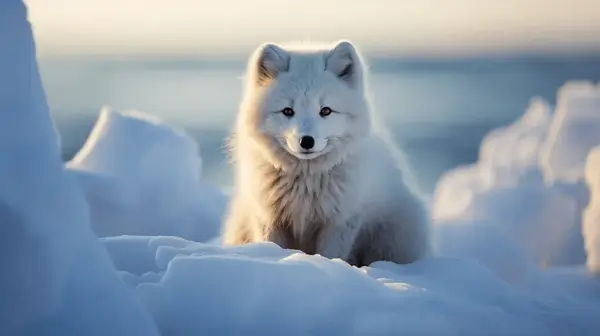
The relatively small Arctic Fox has a compact body that helps minimize heat loss. Here are some key features:
- Size: Adult Arctic foxes are about 46-68 cm (18-27 inches) in body length, with an additional tail length of 30-35 cm (12-14 inches).
- Weight: They typically weigh between 3 to 9 kg (6.6 to 19.8 pounds), with males generally more prominent than females.
- Fur: Their fur is their most distinctive feature. In winter, it is thick and white to blend with the snow, while in summer, it becomes shorter and changes to brown or gray to match the tundra landscape.
- Paws: The Arctic Fox has heavily furred paws that provide warmth and traction on ice and snow.
Habitat and Distribution
Arctic Foxes, including North America, Greenland, Iceland, Europe, and Russia, are found throughout the tundra. They prefer cold, coastal regions where they can find their primary food sources. Open, treeless plains and rugged terrain characterize their habitat. Arctic foxes are well-adapted to living in temperatures as low as -50°C (-58°F).
Behavior and Adaptations

Arctic Foxes are solitary animals but may form monogamous pairs during breeding. They are highly nomadic and can travel long distances to find food. Some of their remarkable behavioral adaptations include:
- Denning: They create complex dens in the ground with multiple entrances, which protect them from predators and harsh weather.
- Winter Adaptation: The Arctic Fox can curl up in a tight ball, covering its face with its bushy tail to conserve heat during cold nights.
- Hunting Strategy: They use a keen sense of hearing to locate prey under the snow. They perform a characteristic “pounce” to capture their prey through the snow.
Diet and Feeding Habits
Arctic Foxes are omnivores with a diet that varies based on season and food availability. They primarily feed on:
- Lemmings and Voles: These small rodents are their primary food source. The fox’s population density often correlates with the availability of these rodents.
- Birds and Eggs: They also prey on ground-nesting birds such as geese and their eggs.
- Fish and Invertebrates: Coastal foxes may feed on fish, mollusks, and crustaceans.
- Carrion: They scavenge on carcasses left by larger predators, such as polar bears.
- Plants and Berries: In summer, they consume berries, seaweed, and other available vegetation.
Reproduction and Lifespan
Arctic Foxes have a high reproductive rate compared to other canids, which is crucial for survival in their harsh environment.
- Breeding Season: Mating typically occurs from March to May.
- Gestation: The gestation period lasts about 51-57 days.
- Litter Size: A single litter can range from 5 to 10 pups, but in some cases, there may be up to 20 pups, the largest litter size recorded for a wild mammal.
- Parental Care: Both parents are involved in raising the young. Pups are weaned at about 4-6 weeks old and leave the den after 3-4 months.
- Lifespan: In the wild, Arctic Foxes live around 3-6 years, while in captivity, they can live up to 14 years.
Predators and Threats
The Arctic Fox faces several natural and human-induced threats:
- Natural Predators: Their primary predators include polar bears, red foxes, wolves, and golden eagles.
- Competition: The red fox, which is larger and more aggressive, is expanding its range into the Arctic due to climate change and outcompetes the Arctic Fox for resources.
- Human Impact: Hunting for fur and habitat encroachment due to human activities are additional threats.
Conservation Status
According to the International Union for Conservation of Nature (IUCN), the Arctic Fox is currently classified as “Least Concern.” However, specific populations, particularly in Fennoscandia (Norway, Sweden, and Finland), are critically endangered due to low numbers and ongoing threats.
- Conservation Efforts: Efforts to conserve the Arctic Fox include habitat protection, predator control, and supplementary feeding programs to support population recovery.
- Interesting Facts about Arctic Foxes
- Thickest Fur: The Arctic Fox has the warmest fur of any animal, which helps them survive temperatures as low as -70°C (-94°F).
- Color Variations: While most Arctic Foxes are white, there is a blue morph that has a dark, almost bluish-gray color throughout the year. This morph is rarer and more prevalent in coastal regions.
- Nomadic Lifestyle: Some Arctic Foxes have been recorded traveling up to 3,000 miles in search of food.
Evolutionary History
The Arctic Fox is believed to have diverged from a common ancestor with the red fox around 2.6 million years ago. Fossil evidence suggests that Arctic Foxes were present during the Pleistocene epoch, coexisting with megafauna like woolly mammoths.
- Adaptation to Cold: Over time, they evolved specific traits like fur-covered paws, small rounded ears, and a dense, multi-layered coat to withstand frigid temperatures and conserve body heat.
Relationship with Humans
Arctic Foxes have been hunted for their luxurious fur, especially in Greenland, Iceland, and Russia. However, their small size and remote habitats have limited large-scale exploitation. Today, the Arctic Fox is also an important indicator species for climate change research, as their populations are closely tied to the health of the tundra ecosystem.
Conclusion
The Arctic Fox is a marvel of adaptation and survival in one of the harshest environments on Earth. Its unique physical traits, behavioral strategies, and ecological significance make it a subject of interest for scientists and wildlife enthusiasts. Protecting this resilient species is essential for maintaining the balance of Arctic ecosystems in a rapidly changing world.
- Golden Retriever Pros and Cons: What Every Pet Parent Should Know - 15 September 2025
- Cane Corso Dog Breed: Health, Care, and Lifespan - 14 September 2025
- Catahoula Leopard Dogs: Description, Temperament, Lifespan, & Facts - 21 July 2025

